ABOUT THE AUTHOR
B obbi Lanc is a commercial, travel, and stock photographer. Her multifaceted approach to photography incorporates over twenty-seven years of technical experience with innovative artistic interpretation. Lane shoots primarily people on location for corporate and advertising accounts as well as photographing "real people" and travel for stock. Her stock photography has sold worldwide for use in ads, posters, and billboards. You can view her work and get up-to-date information at her website, www.bobbilane.com.

As a teacher on the regional, national, and international level, she brings insight and enthusiasm to her hundreds of students. Bobbi's excellent rapport and communication with her students inspires and motivates, while her straightforward teaching style reaches students of many different skill levels. Lane, a primary photography instructor for UCLA Extension for sixteen years, was honored as the 1995 and 1998 Outstanding Teacher for Visual Arts.
Bobbi teaches for the International Center of Photography and the New School University in New York City. She continues to lead week-long workshops for the Santa Fe workshops, Calumet, and the Maine Photographic workshops. Bobbi occasionally flies to Los Angeles to teach for both UCLA Extension and the Julia Dean workshops.
Bobbi's clients include: Warner Bros., Samsung, Bose Corp., Neutrogena, Ricon, Mattel, Sears' Tower Skydeek, and the Mono Bay Natural History Museum. Bobbi is a featured writer on lighting for Photo Techniques magazine. Her articles and photographs have also appeared in Petersen V PHOTOgraphic and Outdoor Photographer. Her work is featured in The Lighting Cookbook (Amphoto, 1997) by Jenni Bidner. She is fascinated by Native American dancing and music and is currently working on a personal project about Western powwows.
After twenty-five years in California, Bobbi relocated to Connecticut in the fall of 2001 and lives in the country with her fiance, Dave Miles, and her two cats, Carmen and Squeak.
1. HOW LIGHT WORKS
 THE ELECTROMAGNETIC SPECTRUM
THE ELECTROMAGNETIC SPECTRUM
Simply stated, the electromagnetic spectrum refers to energy that travels in waves. These forms of energy arc described by their wavelengths, the distance from the crest of one wave to the crest of the next. Although all of these energies travel at 186,000 miles per second, the fact that their wavelengths vary is important in the pursuit of color photography, since it is the differences in wavelengths that films perceive as color.
At one end of the spectrum arc the long waves of radio, whose wavelengths are measured in kilometers. At the other end arc the extremely short gamma rays, whose tiny wavelengths are measured in picometers (100 trillionth of a meter). In between these two extremes fall visible light in the 380 nanometers (nm) to 740nm range, flanked bv ultraviolet and infrared. The term "light" implies visibility. Therefore, other energies that are not visible arc referred to as radiation (although some humans actually have the ability to perceive ultraviolet radiation).

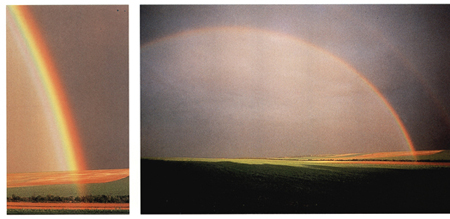
When sunlight passes through the curved surfaces of raindrops, they act as a prism and bend the light so that all of the colors are visible individually.
Keep in mind that even invisible members of the electromagnetic spectrum have photographic applications. For example, there are UV lamps, covered in filters, that absorb visible radiation and are used in conjunction with fluorescent dyes for special effects in stage presentations and photography. Near infrared radiation (700nm to 900nm), can be photographed with specially sensitized black & white or color film. Color infrared photography is covered later in this book.
 VISIBLE SPECTRUM AND PRISMS
VISIBLE SPECTRUM AND PRISMS
The complete color spectrum of visible light is made up of red, orange, yellow, green, blue, indigo, and violet (the memory device for this is "ROYGBIV"). When all of the wavelengths between 380nm and 740nm (all of the aforementioned colors) are present in fairly equal quantities, we perceive "white" light. We can see how this works by passing a beam of light through a prism, which bends the wavelengths (see the diagram on page 11) and separates out each component color from the "white" light. This is also how rainbows are createdwhen sunlight passes through the curved surfaces of raindrops, they act as a prism and bend the light so that all of the colors are visible individually. Although the major (or primary) colors are red, green, and blue, we are also able to perceive the gradual shift of the colors as they change, allowing us to see orange and yellow in the shift from red to green, for example. When we see the colors of light in a rainbow, we are seeing the purest colors possible, since there is no contamination from other light or reflections.

Passing a beam of light through a prism bends the wavelengths and separates out each component color from the "white" light.
 COLOR VISION
COLOR VISION
Exactly how humans perceive color is still not completely understood. However, we do have an idea how our eyes, nerves, and brain work together to allow us to see.
The retina, located at the back of the eyeball, contains two types of light receptors: rods and cones. Rods are only activated in low-light situations and have no color sensitivity. Cones, however, are stimulated by large amounts of light and are sensitive to color. The two work independently and not simultaneously (see the chart below). This is why people sometimes experience temporary blindness when going from outside into a darkroom; as one system closes down, the other starts to function.

The retina contains two kinds of light receptors: rods and cones. Rods are activated in low-light situations and have no color sensitivity. Cones are stimulated by large amounts of light and are sensitive to color. Rods and cones work independently not simultaneously.
Surprisingly, this also means that in certain situations, you can only see in black & white. This startling fact is normally not something we notice, because we are used to seeing in color, and our wonderful brains adapt to the situation. You can experiment with this by sitting in dim light (for example, inside at night with no lights on, and only whatever light comes in the window from a street lamp or the moon) and opening a magazine. Flip through the pages and try to guess what the colors areyou may be surprised at how hard it is to tell, or at the errors you make.
The brain has
the incredible job

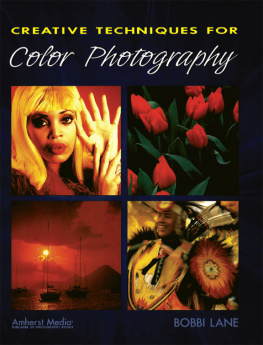
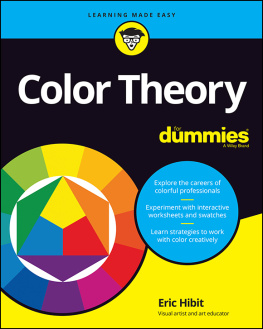
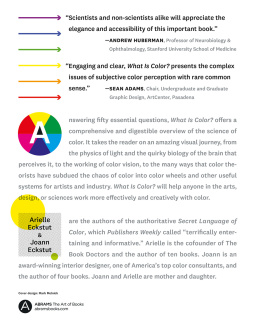
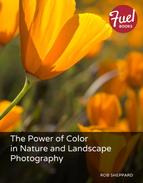

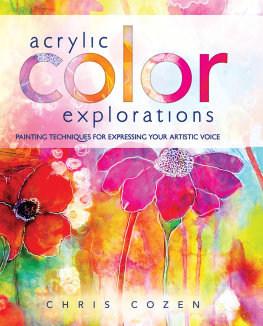


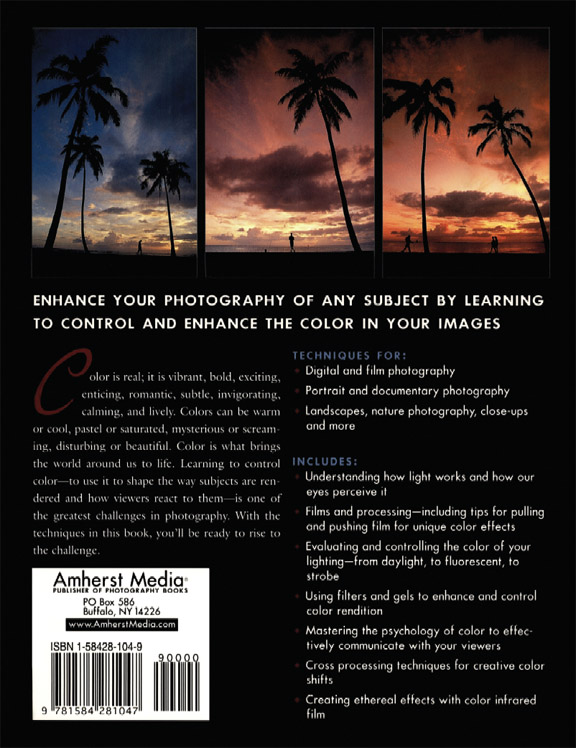
 THE ELECTROMAGNETIC SPECTRUM
THE ELECTROMAGNETIC SPECTRUM


